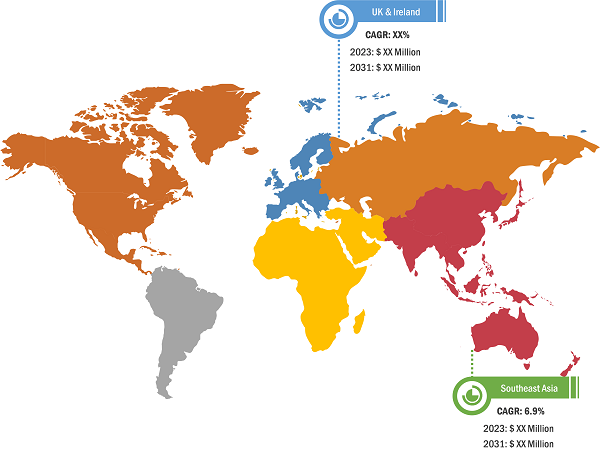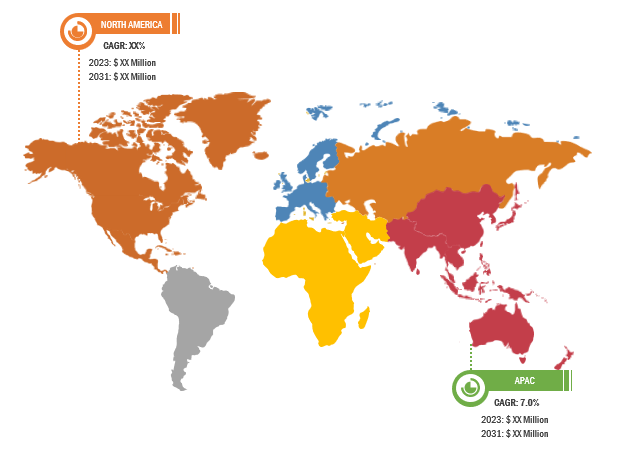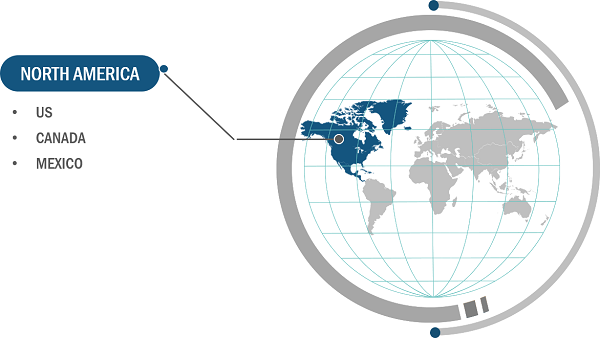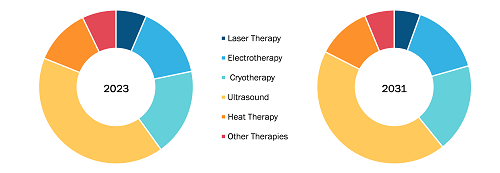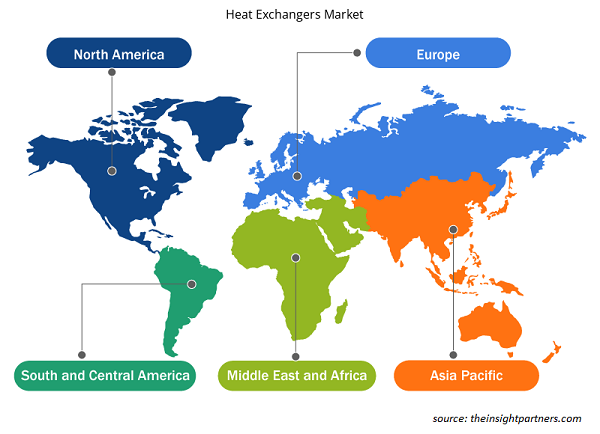
Heat Exchanger Market
Use of Heat Exchangers in Oil & Gas Industry Fuels Heat Exchanger Market Growth
According to the report published by the International Energy Agency (IEA) in June 2023, the demand for oil across the globe is expected to rise by 6% from 2022 to 2028 and will reach up to 105.7 million barrels per day (mb/d) by 2028. The demand is growing due to the rising requirement for petrochemicals and the increasing need for oil in the aviation sector. In addition, the investments for the upstream segment in oil & gas exploration, extraction, and production are anticipated to reach their highest value since 2015 and are projected to grow by 11% year-on-year to US$ 528 billion in 2023. In addition, the investment and expansion in the refineries is increasing due to the rise in oil and gas demand. For example, in April 2019, ExxonMobil made a huge investment in the expansion project of oil refineries within a manufacturing complex in Singapore to further enhance the competitiveness of the country’s facility. According to the Economic Times, in January 2023, Pertamina, a refinery arm of an Indonesian state energy firm, announced upgrading its old refineries and building new ones, thereby increasing its processing capacity to over 1.5 million barrels per day. Therefore, the rise in global oil demand and investment in the oil & gas industry contributes to the production of oil and gas, where heat exchangers are used to eliminate the heat generated during production. It helps maintain the rapid generation or dissipation of heat to enhance productivity in the oil & gas industry. These heat exchangers are used in heat/oil transfer systems, fueling gas conditioning systems, cold ammonia flow control systems, lube oil systems, selective catalytic reduction (SCR) units, and other applications. For example, in fuel gas conditioning systems, the heat exchanger helps maintain the heat generated during the steady flow of dry, high-purity fuel and ensures system components are working in stable conditions for a long period. In the lube oil system, heat exchangers help to provide an optimal thermal environment for the smooth operation of critical components such as mixers, kettles, and electrical switchgear. Thus, with the growth in the oil & gas industry, the use of heat exchangers is increasing, which is driving the market.

Industrial Heat Exchanger Market: Industry Overview
The heat exchanger market is segmented on the basis of type, material, application, and geography. Based on type, the heat exchanger market is segmented into shell and tube, plate and frame, air cooled, and others. By material, the heat exchanger market is segmented into copper, steel, and others. Based on application, the heat exchanger market is segmented into energy, chemical, food and beverages, HVACR, pulp and paper, and others. By geography, the heat exchanger market is categorized into North America, Europe, Asia Pacific, Middle East & Africa, and South & Central America.
In 2022, Asia Pacific led the global heat exchanger market with a substantial revenue share, followed by North America and Europe. The heat exchanger market in APAC is segmented into China, India, Japan, Australia, South Korea, and the Rest of APAC. In the region, various manufacturers of the industrial refrigeration system are expanding their presence. For instance, in September 2019, Epta S.p.A. announced the acquisition of Sofrico, a market leader in the design, sales, service, and contracting of systems, cabinets, and cold rooms for industrial refrigeration. With this acquisition, Epta S.p.A. is further expanding its operations in Asia Pacific countries, where the company has well-established manufacturing plants, sales offices, service centers, and distribution centers in China, Thailand, Singapore, Malaysia, the Philippines, and Australia. Thus, the rise in such strategic acquisitions by key players contributes to the adoption of heat exchangers in the region, contributing to the growth of the heat exchanger market.
Industrial Heat Exchanger Market: Competitive Landscape and Key Developments
Samifi France SAS, Johnson Controls International Plc, Jean Paumier et Fils Ets, Danfoss AS, Honeywell International Inc, Copeland LP, Evapco Inc, Mayekawa Australia Pty Ltd, and BITZER Kuhlmaschinenbau GmbH are a few of the major market players profiled in the heat exchanger market report. Several other essential market players were analyzed for a holistic view of the market and its ecosystem. The report provides detailed market insights, which help the key players strategize their market growth. A few developments are mentioned below:
- In April 2022, Honeywell announced that Sinopharm Shanghai Biomedical Co., Ltd.—a subsidiary of China National Pharmaceutical Group Co., Ltd. (Sinopharm)—has adopted Honeywell Solstice N40 (R-448A) refrigerant. The energy-efficient, low global-warming-potential (GWP) solution will be used for cold storage of Sinopharm vaccines used in Shanghai, including the company’s COVID-19 vaccine.
- In February 2022, Evapco Inc. acquired Systèmes LMP, Canada, a CO2 refrigeration systems manufacturer. Evapco expects the strategic alliance to support its efforts to meet growing market demand for environmentally sustainable refrigeration systems using natural refrigerants. The acquisition strengthens its chiefly ammonia-based industrial technology offerings through expansion into LMP’s carbon dioxide expertise and product offerings.

